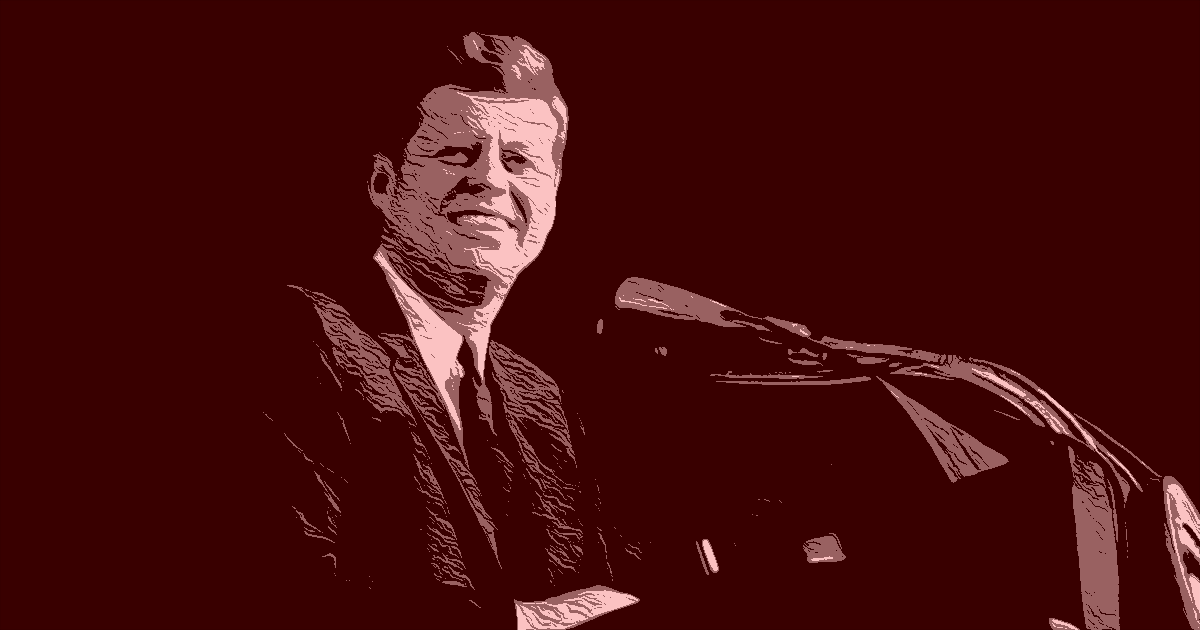America Needs a Tax Cut. Just Ask Kennedy and Reagan
Explore the shared tax policy views of two popular U.S. presidents, John F. Kennedy and Ronald Reagan, and their belief in the power of lower tax rates for individuals and businesses to stimulate economic growth.

Two of the most popular presidents in U.S. history — John F. Kennedy and Ronald Reagan — agreed on tax policy. Specifically, they knew that low tax rates for individuals and businesses improve productivity, boost real income, and increase tax revenue (as paradoxical as that last bit may seem).
"The final and best means of strengthening demand among consumers and business is to reduce the burden on private income and the deterrents to private initiative which are imposed by our present tax system," said President Kennedy during a December 14, 1962 speech before the Economic Club of New York.
"In short," President Kennedy continued, "to increase demand and lift the economy, the Federal Government's most useful role is not to rush into a program of excessive increases in public expenditures, but to expand the incentives and opportunities for private expenditures."
21-Point Reduction in Tax Rate
When President Kennedy spoke these words, the top marginal tax rate in the United States was a ridiculous 91 percent. But within a few years, the tax reform bill President Kennedy initiated —the Revenue Act of 1964 — and President Lyndon B. Johnson signed would lower that top rate to still ludicrous 70 percent.
While this tax rate was still too high, that 21-point drop had to feel wonderful for those in the high tax brackets, those whose investments tend to drive economic growth for everyone.
"During that tax-cut-fueled economic expansion in the 1960s, real GDP growth averaged 5 percent, with growth as high as 8.5 percent in two quarters," wrote Mark J. Perry for the American Enterprise Institute. "U.S. payrolls increased by 32 percent during the 1960s, the highest growth in jobs by far of any decade during the postwar period. Government tax revenues grew by 65 percent from 1965 to 1970."
Low Taxes Equal Economic Expansion
Some 20 years later, President Reagan's tax policy was very similar to President Kennedy's approach — lower taxes to boost the economy for everyone.
"In 1981, our critics charged that letting you keep more of your earnings would trigger an inflationary explosion, send interest rates soaring, and destroy our economy. Well, we cut your tax rates anyway by nearly 25 percent. And what that helped trigger was falling inflation, falling interest rates, and the strongest economic expansion in 30 years," said President Reagan during a May 28, 1985 address to the nation.
At the beginning of Reagan's presidency, the top marginal tax rate for individual income was 70 percent, where Kennedy and Johnson had left it.
Reagan signed into law two significant pieces of legislation that drastically reduced this rate during his presidency.
The first significant tax cut came with the Economic Recovery Tax Act (ERTA) of 1981. This legislation, often called the "Kemp-Roth Tax Cut," reduced the top marginal tax rate from 70 percent to 50 percent.
Later, in 1986, Reagan signed the Tax Reform Act into law. This further reduced the top rate from 50 percent to 28 percent. These tax cuts led to nearly 40 years of economic prosperity in the United States.
Supply Side Economics
President Reagan and President Kennedy both held a macroeconomic view that is today called supply-side economics.
Their shared belief was that low taxes and relatively little regulation fostered economic growth, creating a growing supply of goods and services at low prices and generating more employment opportunities.